SMSL’s collaboration with Aoshida Audio keeps on expanding and the latest refresh of their line-up includes the new SMSL DO200 Pro, an evolution of the previous SMSL DO200 MKII which I reviewed last year. The new model brings not just a new design, but also a change in DAC as well as the presence of the HDMI ARC input.
Disclaimer: I received this unit from Aoshida Audio, who sell it for $399. Additional info on the manufacturer’s website.
TL;DR: recap
| Pros |
Cons |
| + Complete input and output sections, including Bluetooth with LDAC
+ Lots of options and settings + Great design and build quality + Neutral sound signature |
– No status LED when LCD screen is off |
Rating: 10/10
Packaging & Accessories
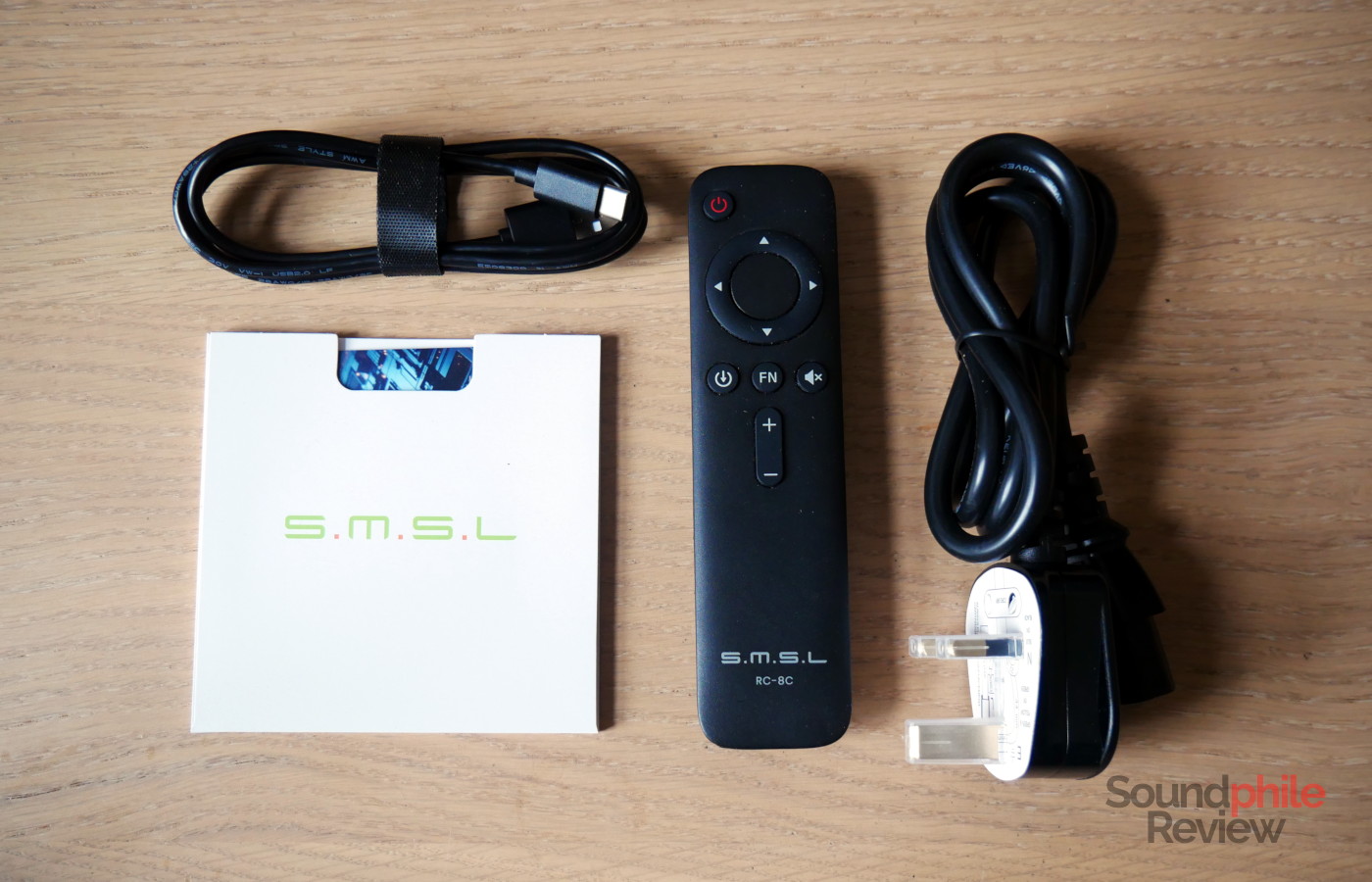
Not much to say here – we have the device itself with the Bluetooth antenna, the remote, a USB to USB-C cable, a power cable, the manual and a plastic card with a QR code that takes you to SMSL’s website.
Design & Build
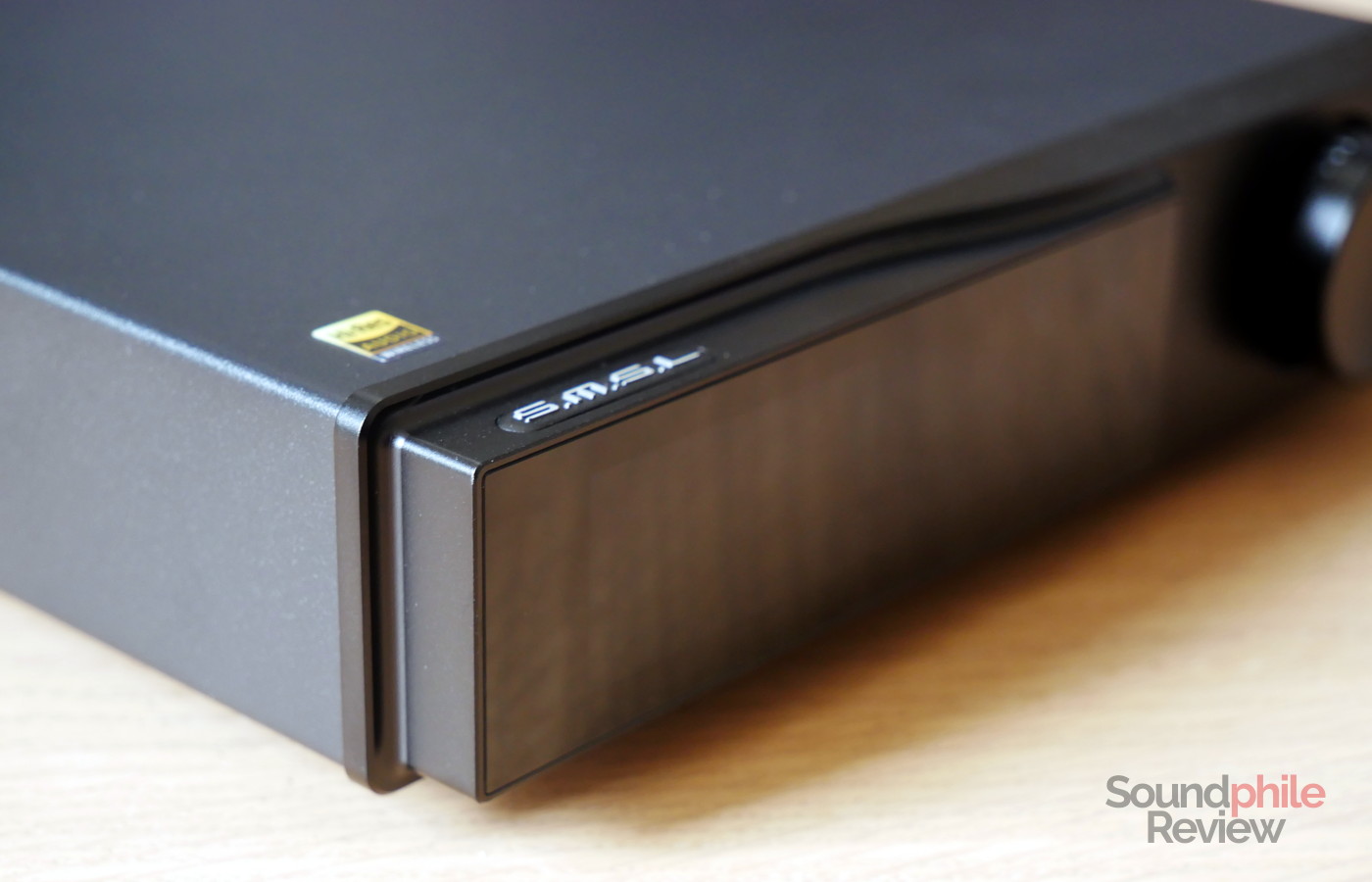
The SMSL DO200 Pro uses the same design as the DO400 and as the AO300: the front side is made with a single, thick piece of metal which creates a curve on the left hand side to make the colour LCD screen appear like it’s floating off the rest of the chassis. There is also a status LED in the centre, while a volume wheel (which also doubles as the power button) is on the right hand side of the front. The whole device is black, with the front being smooth and semi-matte, while the rest is matte and has a “powdery” look. Build quality, as usual with SMSL products, is fantastic and I cannot find any flaws in it.
The back is where the magic happens and here we find the power switch, the power connector, USB-C, optical and HDMI ARC ports as well as a coaxial connector, the Bluetooth antenna and the outputs: two RCA and two XLR connectors. The HDMI ARC addition is notable as it allows you to use the DO200 Pro very easily in a TV setup.
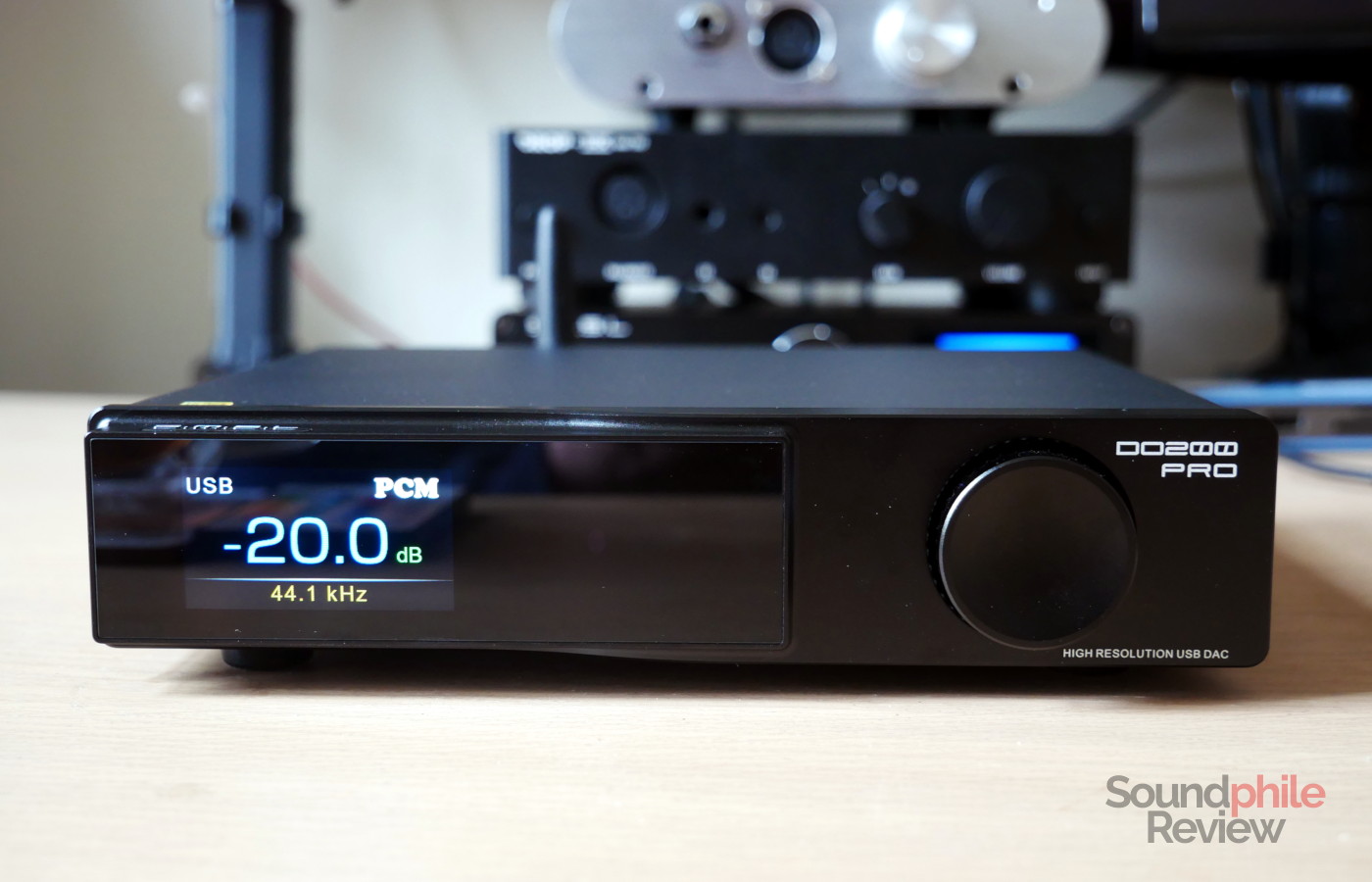
The volume wheel is digital and has discrete steps which allow you to adjust the volume in increments of just 0.5 dB throughout the whole range. It acts as the power button, too, by long-pressing it.
Features & Specs
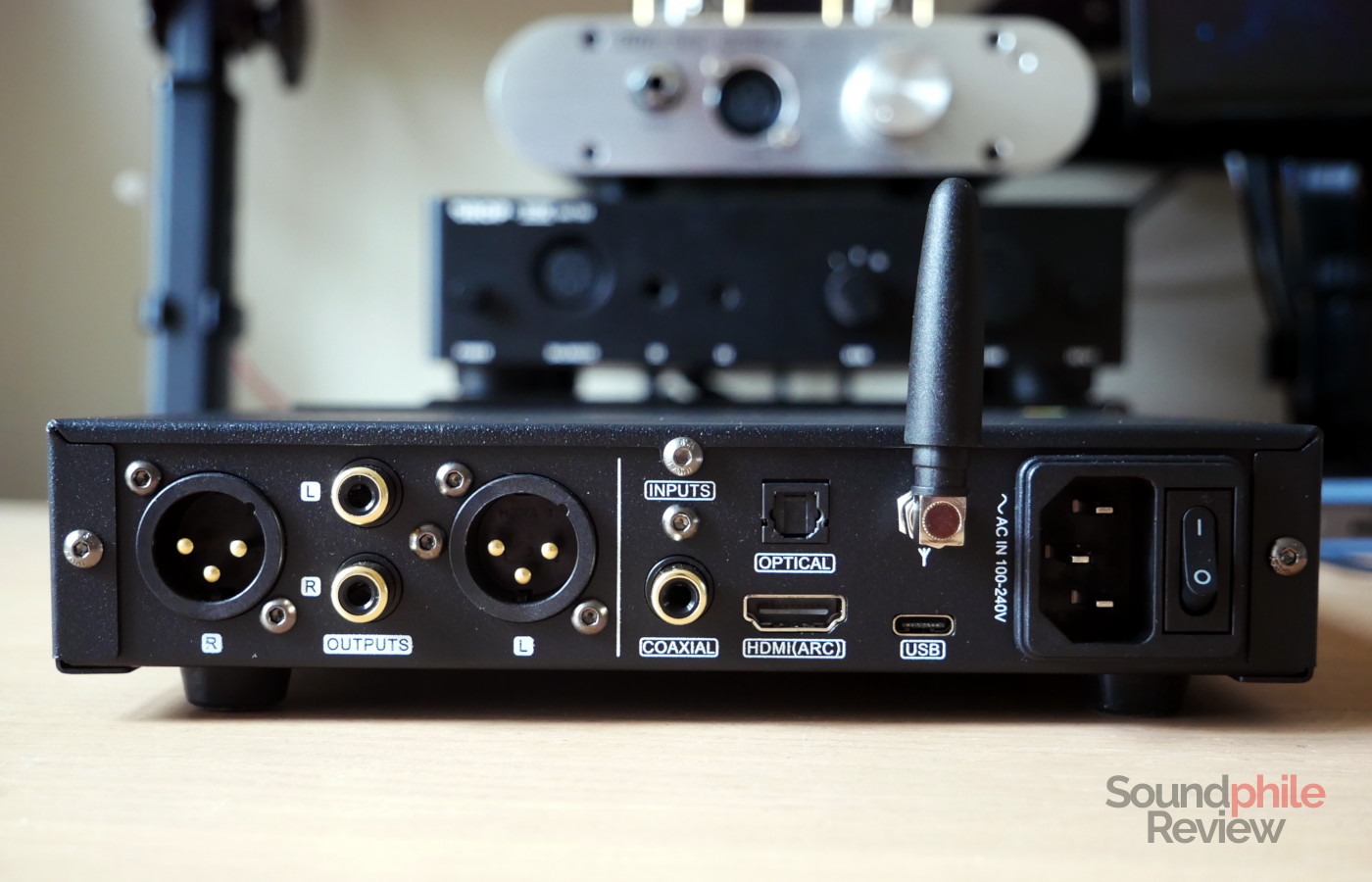
While it is not as full-fledged as the DO400, the DO200 Pro offers a large variety of input options which includes USB (with a USB-C port instead of the traditional USB-B), optical, coaxial, HDMI ARC and Bluetooth 5.1, with support for SBC, AAC, aptX, aptX HD and LDAC codecs thanks to the use of Qualcomm’s QCC5125 chip. HDMI ARC is especially interesting as it makes the DO200 Pro easy to integrate in a TV setup: as long as your TV has an ARC or eARC port, you only need to connect the two devices using an HDMI cable. Unfortunately it doesn’t support using the HDMI ARC input to power on at the same time as the TV, which would have been a great addition.
The DO200 Pro can work in both fixed line-out mode as well as in pre-amplifier mode, in which you can adjust the volume directly form the DAC. This is especially useful if you connect active speakers to it, as you can then control the volume from the DAC instead of from the speakers (which sometimes may not even have volume control, like in the case of the Yamaha HS5).
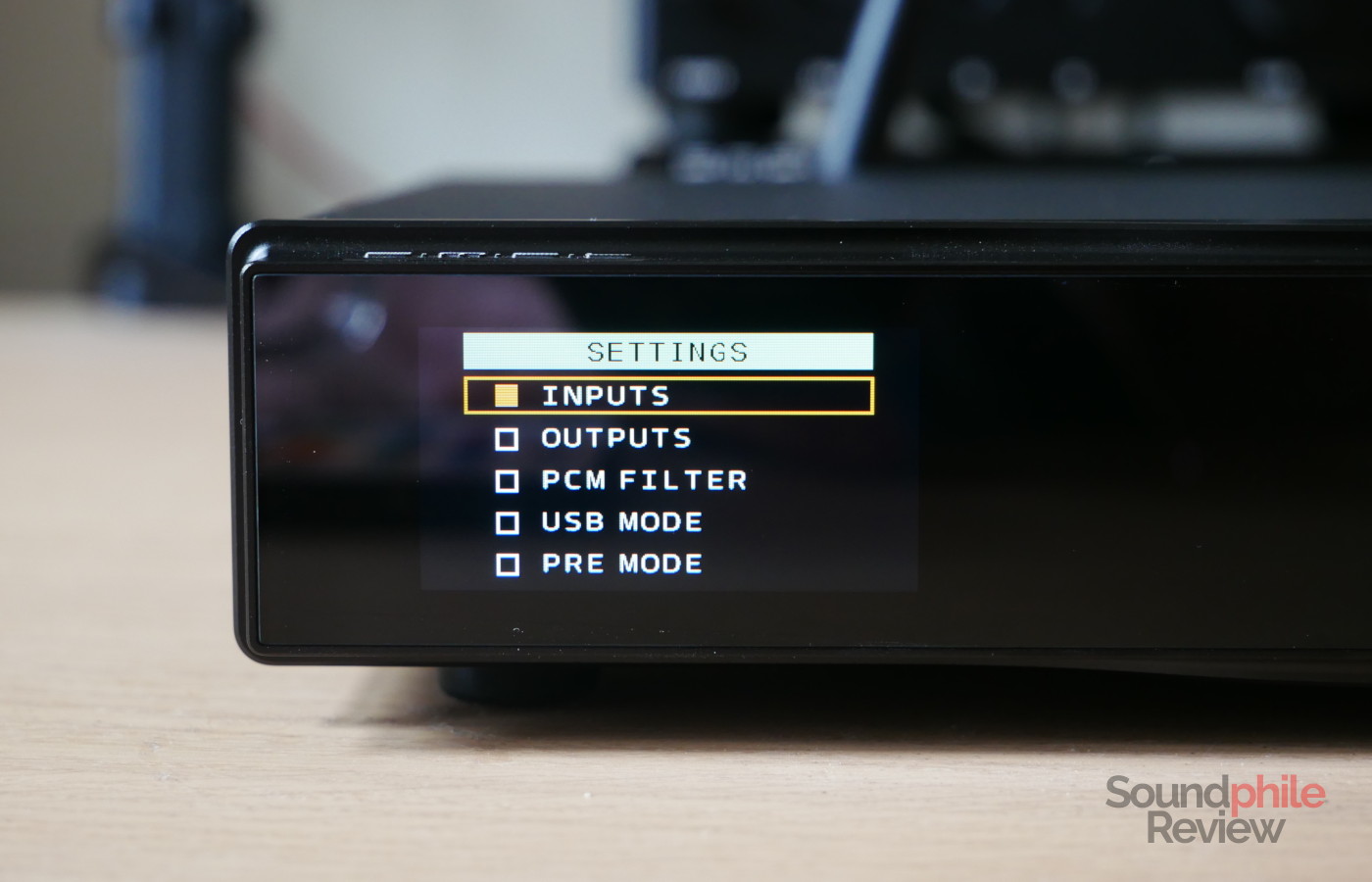
There is a variety of filters to choose from: fast and low latency; fast and phase-compensated; slow and low-latency; slow and phase-compensated; non-oversampling.
The screen can be set to turn off automatically after a period of time ranging from 5 to 60 seconds, however this leads to the device having no visible indication that it is in fact powered on. That’s quite inconvenient and can lead (as I can tell from personal experience) to forgetting the device powered on.
The DO200 Pro supports Windows from 7 onwards with drivers which you need to install, whereas macOS (10.6+) and Linux are supported with no drivers needed. I find it interesting that SMSL explicitly mentions Linux as supported as that’s quite rare. This also implies that the Steam Deck is supported out of the box. As it supports both USB Audio Class 1.0 and 2.0 (this is selectable from the menu), it is also compatible with consoles like the PlayStation 5 and the Nintendo Switch.
SMSL DO200 Pro |
| Input | USB (up to 32 bit / 768 kHz PCM, up to DSD512, MQA) Optical, coaxial (up to 24 bit, 192 kHz, DSD64 via DoP, MQA) Bluetooth (SBC, AAC, aptX, aptX HD, LDAC) HDMI ARC |
| Output impedance | N/A |
| Frequency response | N/A |
| THD+N (@1 kHz) | < 0.00006% |
| SNR | 134 dB (XLR) 128 dB (RCA) |
| Crosstalk | N/A |
A big change from the MKII to the Pro is the DAC chip used by SMSL. The new DO200 Pro uses twelve Cirrus Logic CS43131 chips, which is quite surprising given how this chip targets portable devices like dongles. It is interesting to note that Cirrus Logic’s own documentation says that the CS43131 supports PCM content up to 384 kHz; SMSL’s implementation with multiple chips seems to have something to do with this. Amplification is taken care of by five TI OPA1612.
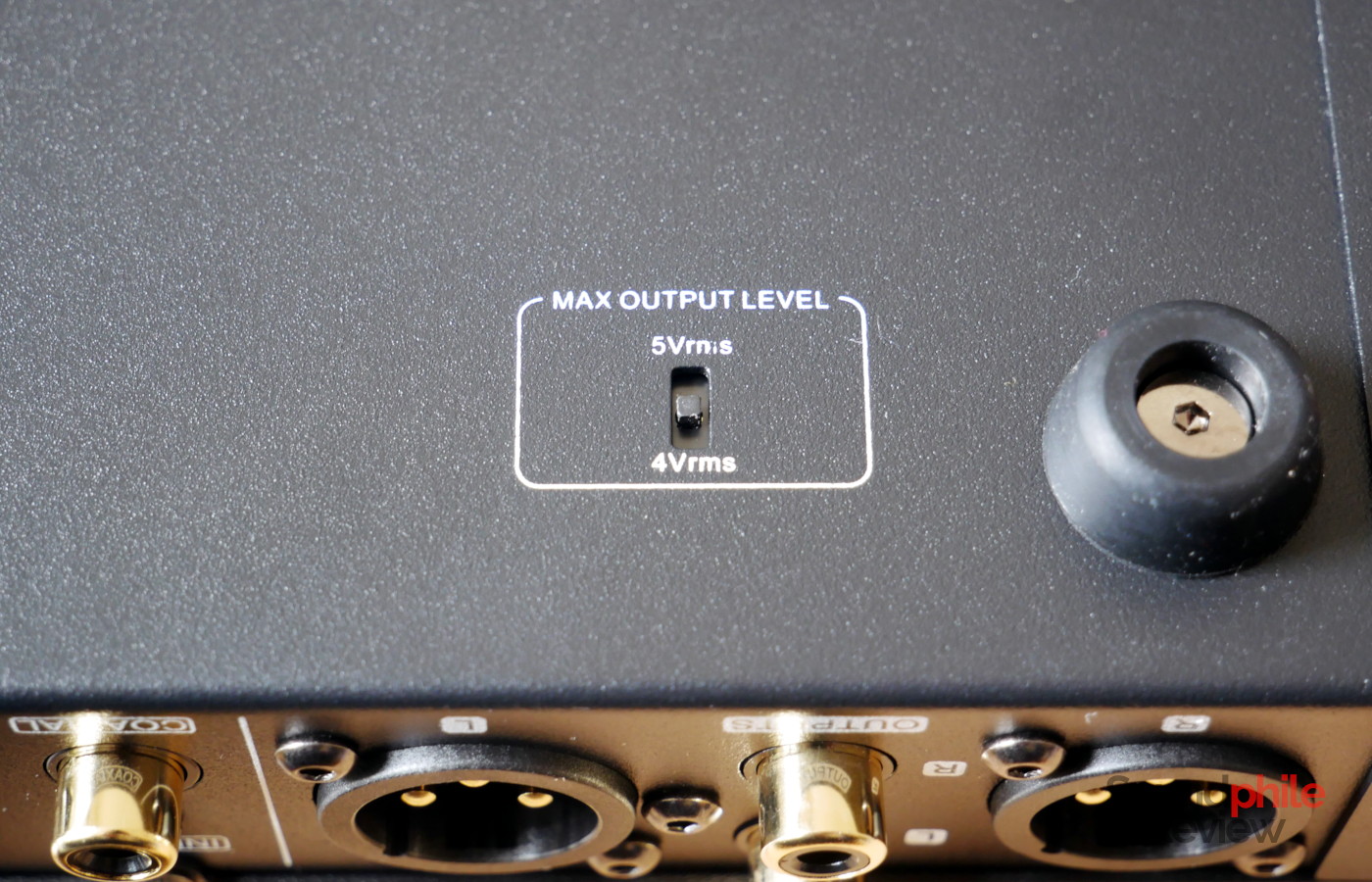
The DO200 Pro also features a switch on the bottom to select between 4 V and 5 V on the balanced output: while 4 V is the standard among consumer devices, 5 V is more commonly found in pro audio equipment. The switch makes it possible to use the DO200 Pro with both.
As with all recent units by the company, the SMSL DO200 Pro includes a remote. It has a power button, a D-pad with an “ok” button to navigate through menus, an input selector button, an “FN” button which can be programmed to switch between outputs or to select the Bluetooth input, a mute button and a rocker to adjust the volume.
Sound
I tested the DO200 Pro with various devices, but most of the time it was connected to a Fosi Audio V3 which was in turn driving a pair of ELAC DBR62.
Much like the previous DO200 MKII, the SMSL DO200 Pro sounds perfectly neutral, with no deviation whatsoever from linearity. The distortion levels are so low that distortion is inaudible. Given these facts, the DO200 Pro will not introduce any changes in your sound chain, which is very positive as it means it won’t colour your sound at all, leaving that task (if it is indeed wanted) to your amplifier or speakers. Transients are very fast and have very short decay. Details are offered with great clarity.
There is also no background noise, which means SMSL did a great job with the power supply unit implementation.
I cannot hear any differences between the filters, so leaving them on the default “non-oversampling” preset works well.
Final Thoughts
The SMSL DO200 Pro looks like a DO400 with the headphone amplification part chopped off, and that’s almost what it is. There are some significant differences under the hood, starting with the DAC chips being used, but what you get is the same type of high-end, uncoloured sound which gives you a lot of freedom to then colour the sound, if this is indeed what you want to do, downstream from the DAC – or to keep it as unaltered as possible, which is ultimately the goal of hi-fi. The multiple input and output options make the DO200 Pro a very flexible device which you can use in a variety of settings, be it on a desk connected to a PC, or in a living room connected to a TV. It works remarkably well in both cases, offering you a clear, clean sound which is just a joy to listen to. This is why it gets Soundphile Review’s seal of approval!

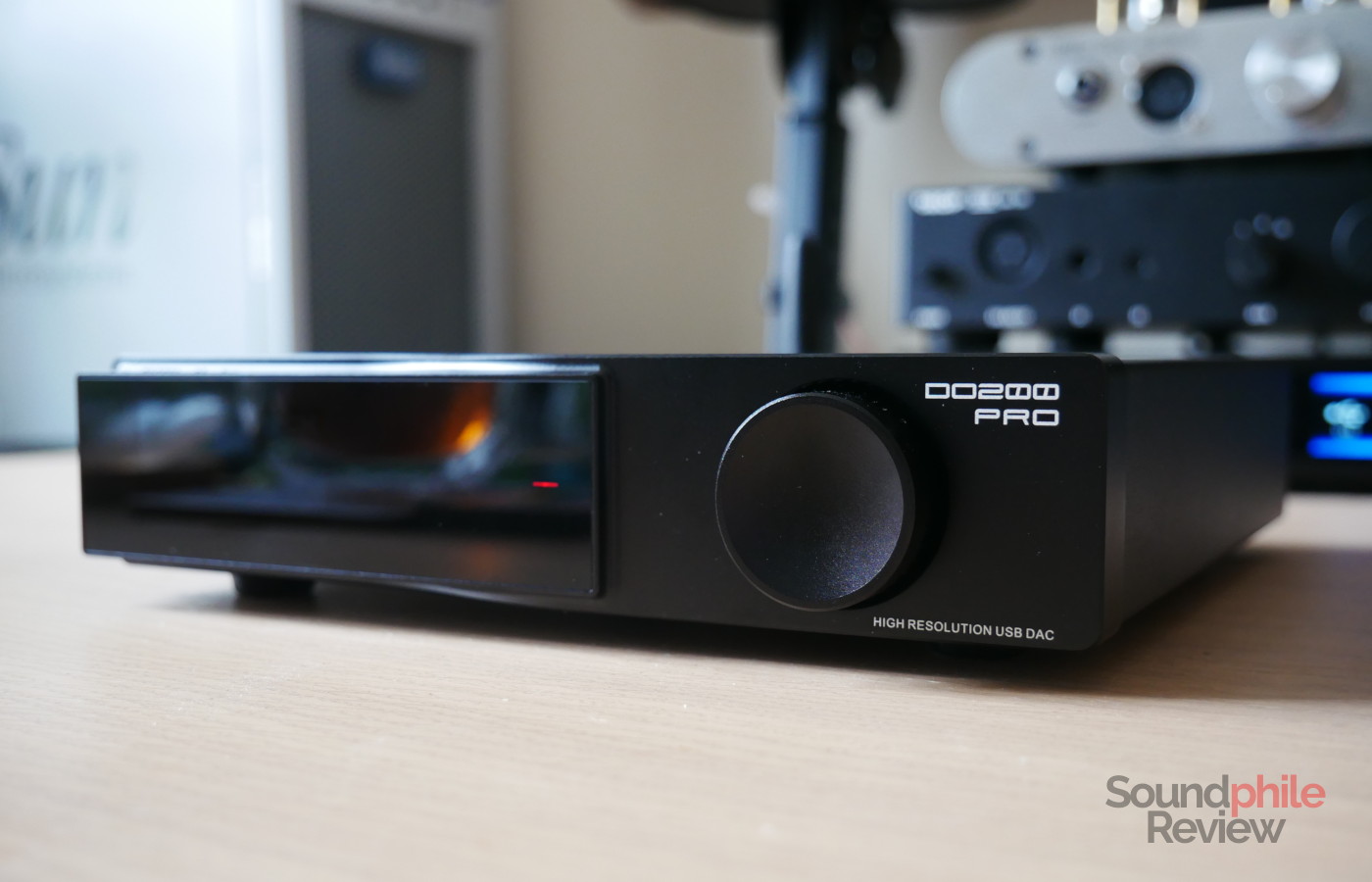


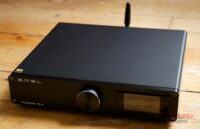
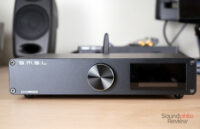
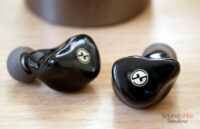
Hi. Does this sound better than last year’s DO300?
Hello Daniel! I wouldn’t say so. In fact, most delta-sigma DACs sound exactly the same (that’s kinda the point). I would say that the major differentiator are the features, as the HDMI ARC input can be a game-changer if you want to use the DAC with a TV.
Hi Riccardo,
Thanks for your so many reviews.
I’m thinking of getting the DO200 Pro for the living room (TV).
My question is since it uses the Cirrus Logic CS43131 chips, which is usually used for headphones, how is the sound quality compared to the DO200mk2 or DO400, in terms of imaging, depth etc?
I have a Sanskrit MK2 in my studio.
Will the DO200Pro give at least that standard of sound?
Thanks and regards,
Wei
Hello Wei,
Yes, you would get something that’s indistinguishable from your Sanskrit MK2 or from a DO200 MKII. The DO400 is different in the sense that it also offers headphone output, which you may or may not want or need – and that is the thing I would suggest to consider when deciding between the two. In terms of imaging, depth, etc. they are all the same!
Thanks for your prompt reply, Riccardo!
Sorry to trouble you – if I only need DAC for Bluetooth, TV and music – do you think the DO100 Pro is good enough?
(Not really up to date on DACs as I play a lot of CDs and tubes haha)
Yes, you will have no issues. As for your other question, the answer is no, there is always the pre-amplification step, but in one case (line out) you have the output set to maximum, while in the other (variable output) you can reduce the volume.
“DO200 Pro can work in both fixed line-out mode”
1. Does it mean it bypasses the pre-amp?
2. Thus, less coloring to the sound?
Hi! Thanks for the review. How does it sound compared to SMSL DO400? I’ve been leaning towards DO400; however, since I’ve learnt that the DO200 Pro has a HDMI ARC input, which I need for my 4K setup (I use a 4K TV as monitor and have run everything through that TV/monitor), it has baffled me as to which route I should go. DO400 is a complete package as it comes with a price point of 500USD for both dac and amp, but it doesn’t have HDMI ARC, whereas the DO200 Pro comes with HDMI ARC, but it doesn’t have amp, and getting an amp for it exceeds my budget for a dac-amp combo, e.g. I may have to get a Topping A70 Pro for it which will likely end up being double the cost of DO400. So, in the predicament, I have to let the sound quality of these dacs make the decision for me. What is your suggestion, Riccardo? Is the sound of DO200 Pro better, e.g. more natural/neutral, compared to DO400?
Hello!
There is no difference between the DO400 and the DO200 Pro in terms of sound. There are minor differences in distortion and SNR, but they’re so tiny they’re not audible at all. So I wouldn’t take sound in consideration for your choice as it’s perfectly equivalent; there are functional differences as you noted, the biggest one being that the DO400 has a headphone amplifier but lacks the HDMI ARC input. You might have already considered this, but if your TV has optical output, you could use that: that’s what I do for my setup and it works very well. I have all my devices (a PC, a Blu-Ray player and a console) connected to the TV and then I set audio output to optical, which in turn goes into the AO300 I reviewed a few months ago, and it works without issues (there’s no appreciable delay either).
Hi, I have a DO100 Pro. Just wondering if I should spend the extra and upgrade to DO200 Pro? The two seem identical from outside and their functions. Is there any sonic improvement from the DO200 Pro?
Hello Hank,
No, I wouldn’t say so. The DO200 Pro has marginally better specs, but the difference is so small it is beyond the threshold of audibility!
Thank you for your review of the SMSL DO200Pro. I liked that very much. A question: Would it be possible to play SACD’s from a SACD capable bluray player like the Sony BDP-S570, which plays DSD over the HDMI out only.